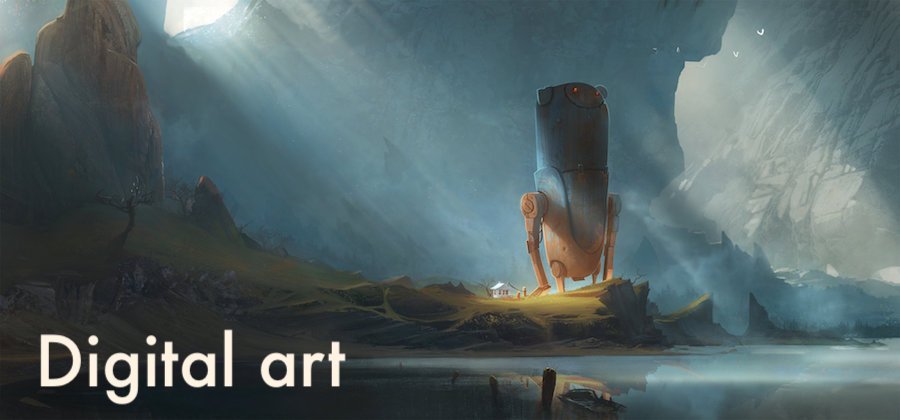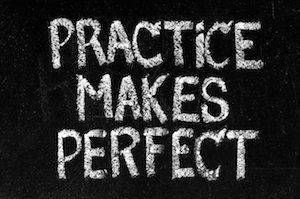SESSION 8

Source: artstation.com
Digital art is an artistic work or practice that uses digital technology as part of the creative or presentation process. Since the 1960s, various names have been used to describe the process, including computer art and multimedia art. Digital art is itself placed under the larger umbrella term new media art.
Continue reading at Wikipedia.org
PART 1
What is digital art?
Watch this video and answer the following questions.
IMPORTANT!!
Due to COVID-19, assessment has changed. Check new regulations
STRUCTURE
Watching
- What is digital art?
Comprehension
Oral practice
Vocabulary
- Word stress
Comprehension
- Correct the mistakes
Watching
- Tips for presentations
COURSEBOOK
Download a digital copy of your English handout from Madoc or here.

